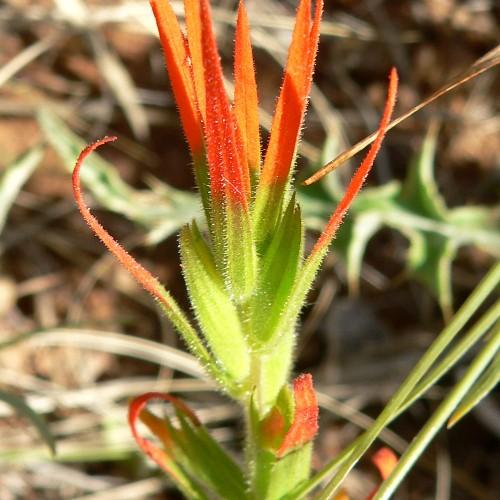
Lesser Paintbrush
Castilleja minor
Watering:
Frequent
Hardiness Zone:
Sun:
full sun,part shade
Leaf:
Yes
Growth Rate:
Low
Drought Tolerant:
Yes
Salt Tolerant:
Yes
Care Level:
Medium
watering
Dixon's Paintbrush needs to be watered regularly to keep the soil consistently moist, but not wet. Water the plant about once per week, making sure to soak it thoroughly until the soil is saturated and water runs out of the bottom of the pot. However, during the summer months, you may need to water more often. Allow the top inch of soil to dry out slightly before watering again. In the winter, reduce the amount of water to once every 2 weeks. Avoid getting the foliage wet when watering, as this can lead to fungal infections.
sunlight
Dixon's Paintbrush is a semi-sun loving plant species and prefers partial shade. The best amount of sunlight for this species is 4 to 5 hours per day, ideally during the morning. In areas with prolonged exposure to intense summer sunlight, it should be given extra shade by positioning it in a location that guarantees less exposure to direct light during the afternoon hours. Too little sunlight will cause the leaves of Dixon's Paintbrush to deteriorate and have less vivid colored flowers.
pruning
Dixon's Paintbrush should be pruned once a year in late spring, just before growth begins. Pruning should involve cutting off old flowering stems to encourage new growth in the form of healthy new shoots and basal rosettes. Pruning should be kept to a minimum in order to retain the plant’s natural form and shape. Care should be taken not to cut back too far or too deeply as this may cause the plant to become stunted and reduce its ability to produce flowers.
